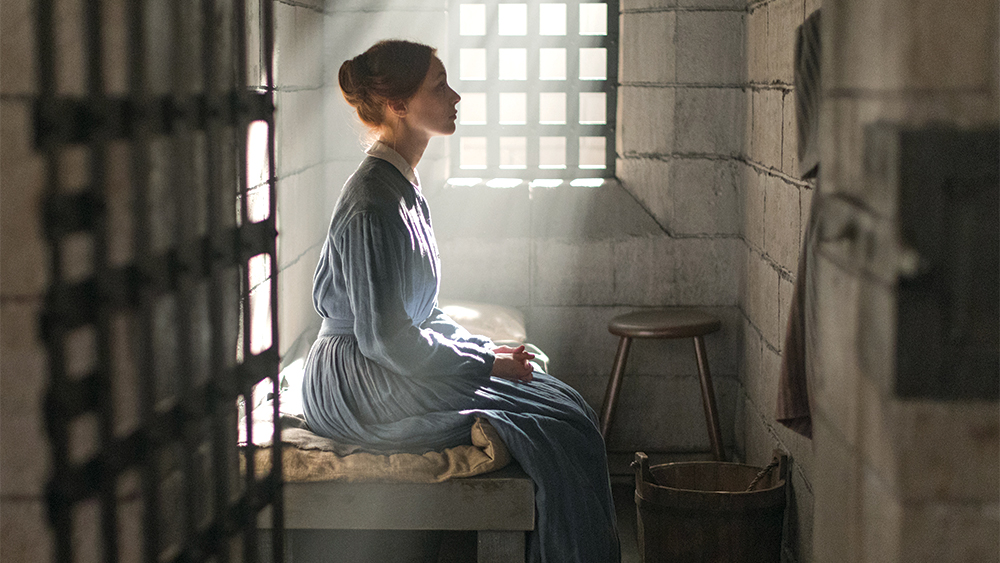Sarah Polley on Importance of Maintaining ‘Ambiguity’ in ‘Alias Grace’ Adaptation
By Danielle Turchiano
LOS ANGELES (Variety.com) – In 1843 two servants in Canada were convicted of murdering their employer and his housekeeper. While the man was hanged for his crimes, the woman was sentenced to life imprisonment. This served as the basis for Margaret Atwood’s 1996 novel “Alias Grace,” which dove into the psyche of the titular woman through her work with a doctor sent to research her case. Filmmaker Sarah Polley read the novel when she was 17 years old and couldn’t get it out of her head — so much so that she adapted it for a six-part limited series for Netflix.
Ambitiously Ambiguous
For Polley, a big part of the appeal of the novel was the “exact moment in history it took place in and the life of women and domestic servants in that time.” But on a broader level, the ambiguity of the main character of Grace was what kept her coming back to the story.
“The thing that was so compelling about the book was her voice,” Polley says of Grace, whom she calls “willfully mysterious.” “[She’s] an unreliable narrator and she’s sort of toying with the audience as well as she’s toying with everybody else.”
In the book, as Grace recounts events for the doctor, it’s left to the reader to determine whether they believe she is purposely lying to him or honestly amnesiac. Only some of her facial expressions and mannerisms are described, and her inner voice isn’t always 100% forthcoming — further keeping the reader at arm’s length from the deepest workings of her psyche.
“Margaret Atwood’s only big real note was that we had to maintain the ambiguity, because it’s not fair historically or to the audience to make a decision about something that we’ll never know the answer to,” Polley says.
A Nightmare of a Dream
In adapting the story for the screen, Polley says her challenge became writing Grace (played by Sarah Gadon) in a way that would still allow the audience to walk away debating the character’s true motivations. But one key element Polley wanted to clarify in her version was a “crucial dream sequence” that depicts an “undercurrent of abuse that runs through her life.”
“I think [it] traumatizes her to the point that her personality does split off,” Polley says of the abuse. “I think it begins, in the adaptation at least, with her father.”
While Polley picked up on hints of this in the book, she felt it was important to take the opportunity in her version to “make that haunting of the abuse and the fact that every subsequent abusive or domineering man opens up that trauma or opens up that wound.”
The dream starts with Grace walking through her family farm in the middle of the night, and under a bright moon, gets molested. As she stands there, paralyzed from stopping him, let alone running away, the man’s face changes between a few different characters.
Grace’s voiceover also narrates the dream, a device Polley used to allow her character to take some of the power back in the situation that, in the book, was just described in dense paragraphs of descriptive text.
“She’s a pretty wise, savvy character, and she’s not unaware of her impact on people, but I felt in the voiceover there was an added layer of sophistication about it and also a reflection on the past which gave it a layer of one-upmanship with the audience,” Polley says.
In one such moment, Grace describes seeing a “headless angel” dressed in bloody robes in the trees, which also allowed Polley to further drop hints about Grace’s mental state without making any judgments on the character.
“There is some sense with her that she could be a completely innocent victim with a completely rational mind, [and] there is a version of her where she could have done something in one of these psychotic states that she then had no memory of,” says Polley. “Or there is a version of her where she’s completely conscious and wanting to murder.”

